Having completed some exciting work for the International Poultry Council, a colleague/friend of mine (Dave Miller) and I were invited to deliver the results of our research to the annual meeting of most of the top poultry meat producing countries in the world in late September 2022. The research, entitled “Global Macroeconomic Indicators for the Poultry Meat Industry”, was the first of its kind in its breadth and coverage of the global poultry meat industry and was well-received.
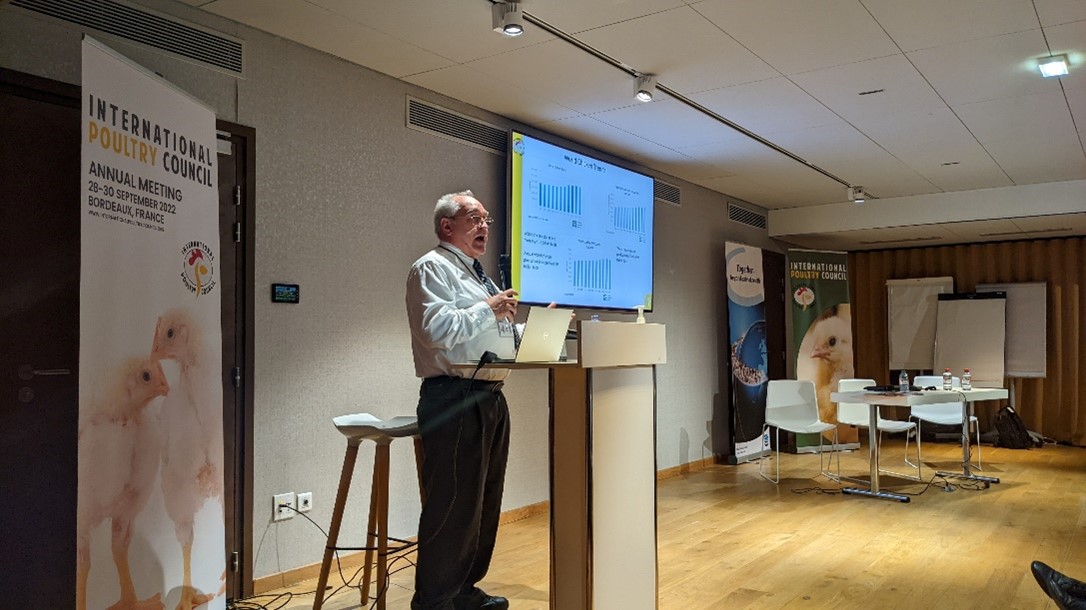
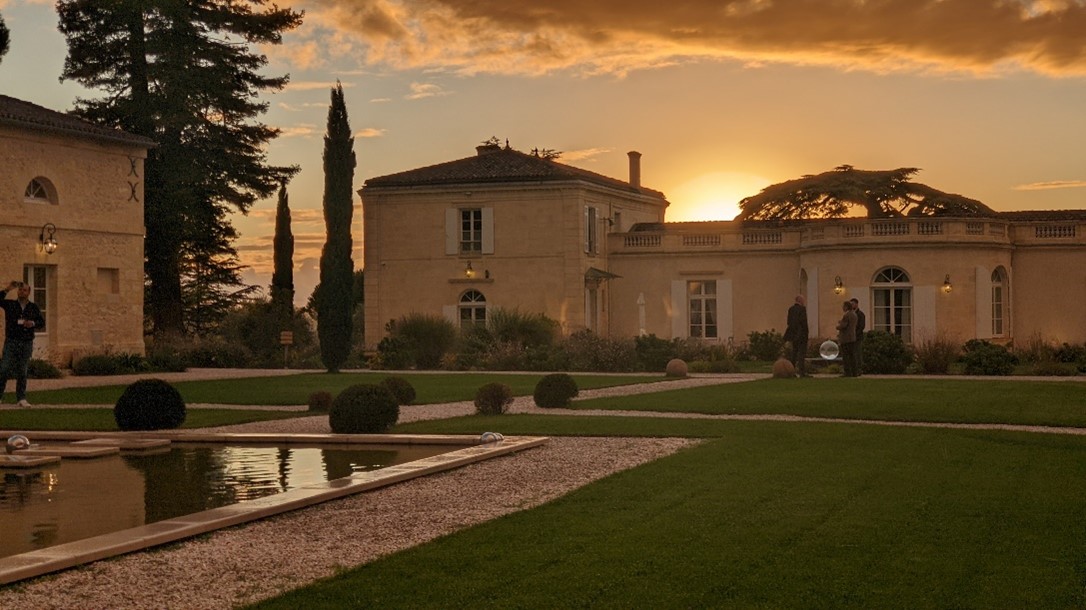
A few highlights of the research include:
- There are nearly 99 million poultry farms worldwide. Of these:
- 89 million are household chicken farms
- 1.9 million are commercial chicken farms
- 7.5 million are duck farms
- 376,000 are turkey farms
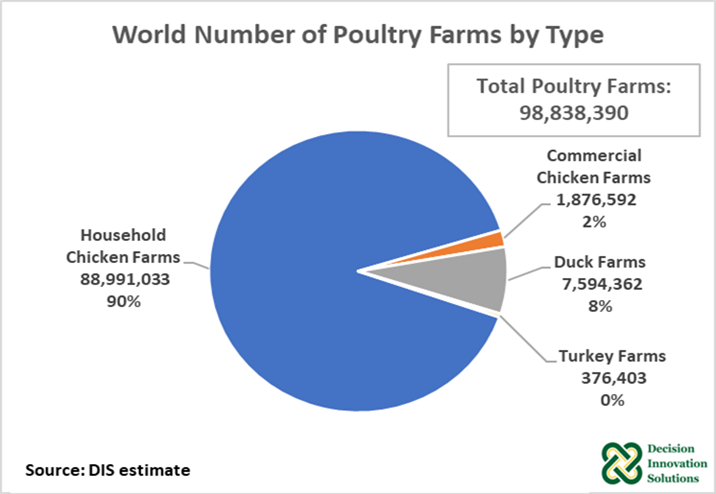
- The global gross value of poultry production is more than $221 billion USD
- Chicken production accounts for $207 billion of the total
- Turkey production $11 billion and duck production $3.2 billion
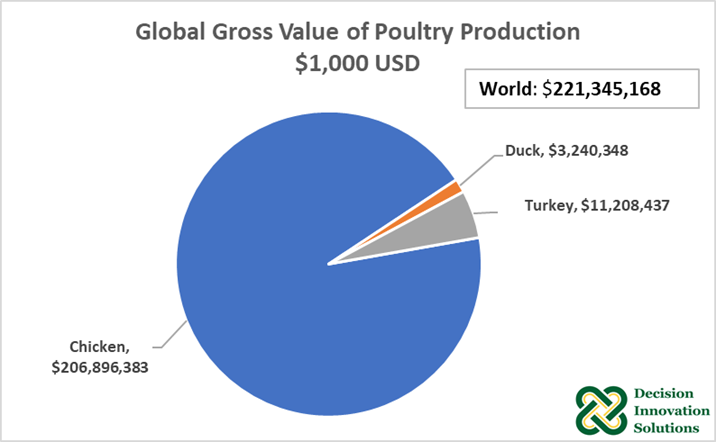
- World poultry meat production now exceeds 130 million metric tons per year.
- Asia accounts for 37% of poultry production
- North America 19%
- Europe 17%
- South America 17%
- Africa 5%
- Central America 4%
- Oceania 1%
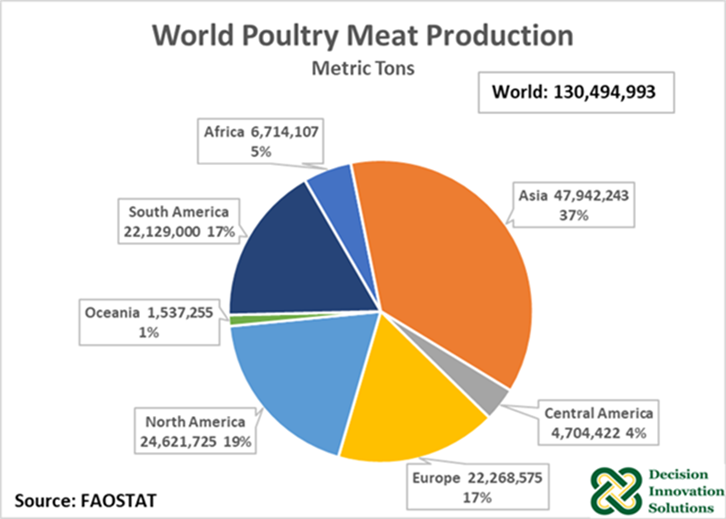
- The top poultry exporters based on value of exports are:
- Brazil
- U.S.
- Thailand
- Poland
- Netherlands
- The top poultry importers based on value of imports are:
- China
- Japan
- United Kingdom
- Germany
- France
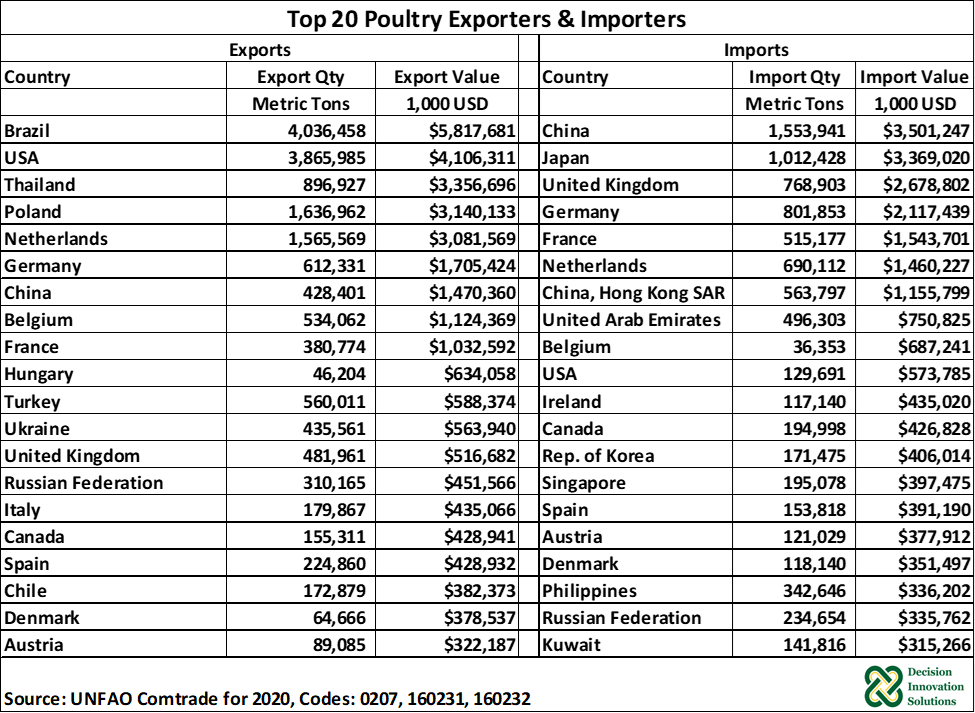
In terms of the economic contribution of the poultry meat industry, it became apparent through our research that many countries contribute significantly to their nation’s economies. For example, the U.S., China, Brazil, India, Russia, Mexico and Poland all contribute more than $10 billion in GDP to their respective economies.
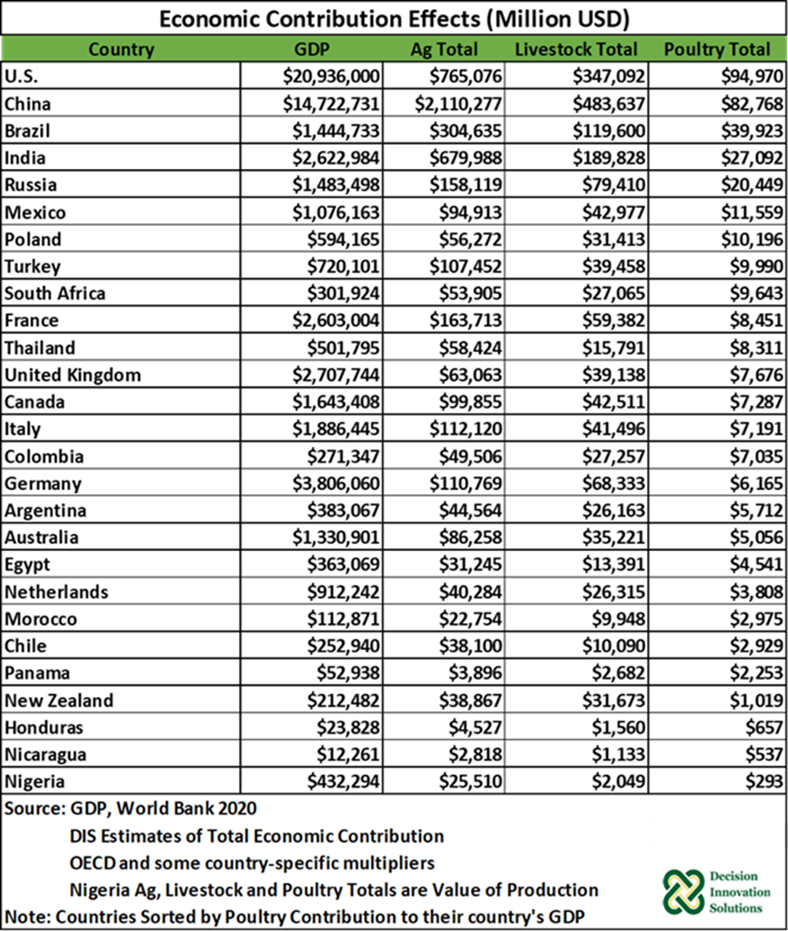
Bonus Stop: England
In preparation for our trip to France, we talked the pilot into swerving to the north a bit so we could stop in England for a few days. The reason? To rekindle some relationships and connections I made while studying at the Royal Agricultural College (now University) in 2005. We even got to stay the night on campus in their bed and breakfast, which was quite the experience.
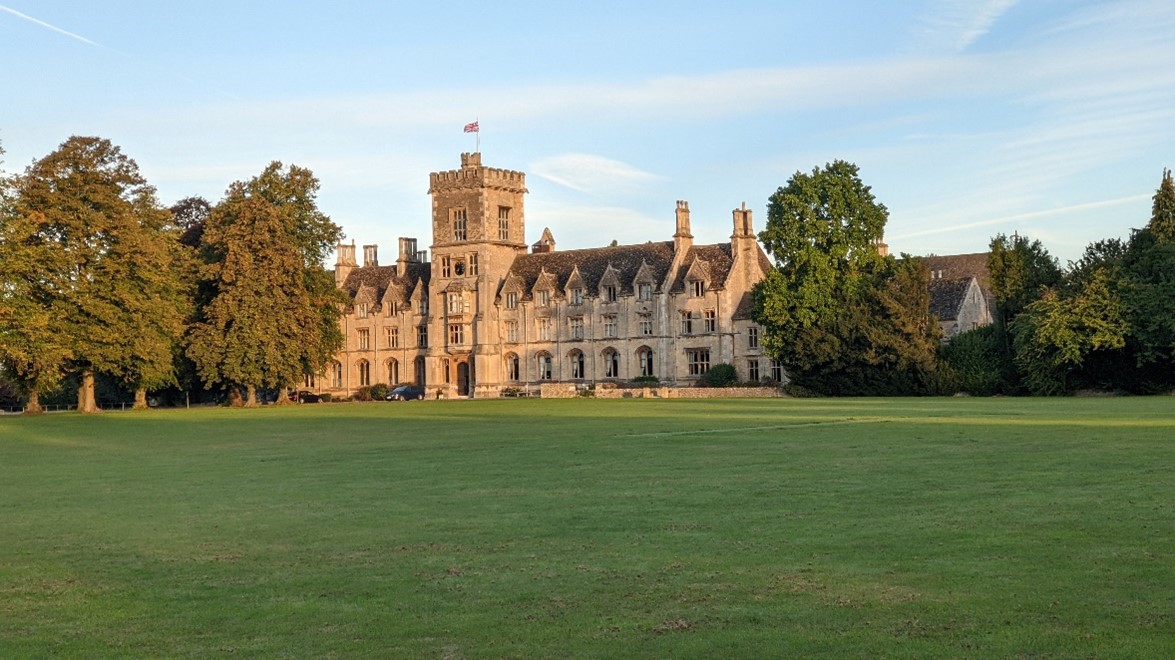
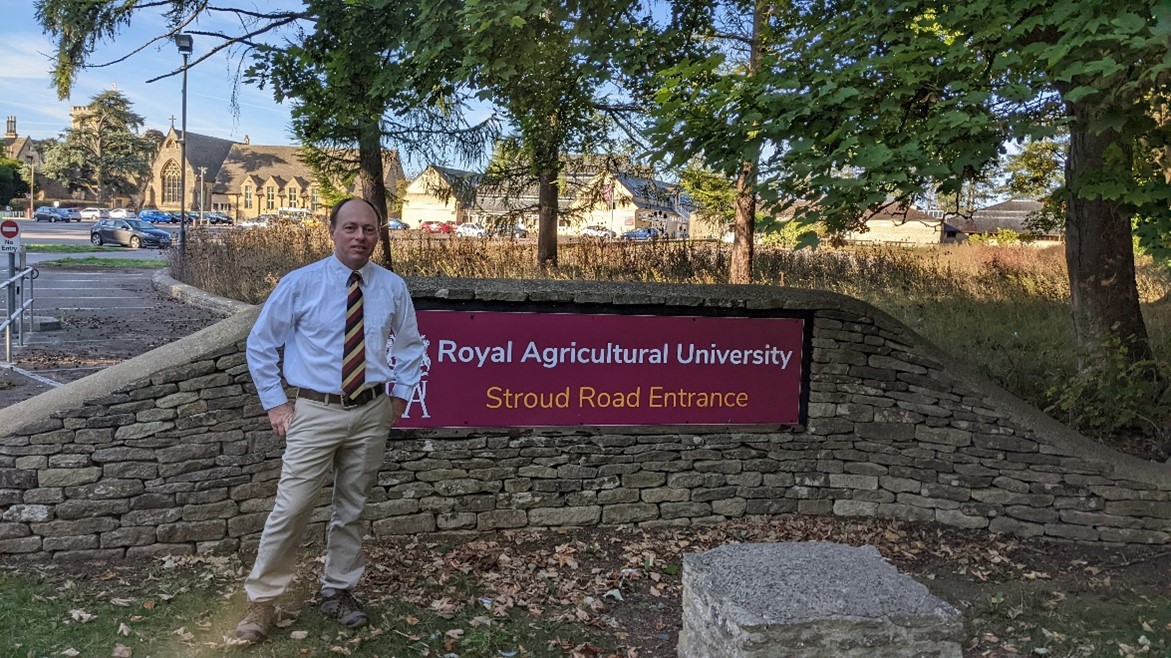
Having concluded our time at the RAU, we made our way to Telford to visit a former professor who had made his way to teaching at Harper Adams University. We learned about the efforts the university is in the midst of with regard to precision farming and adapting to labor constraints brought on, in part, by Brexit.
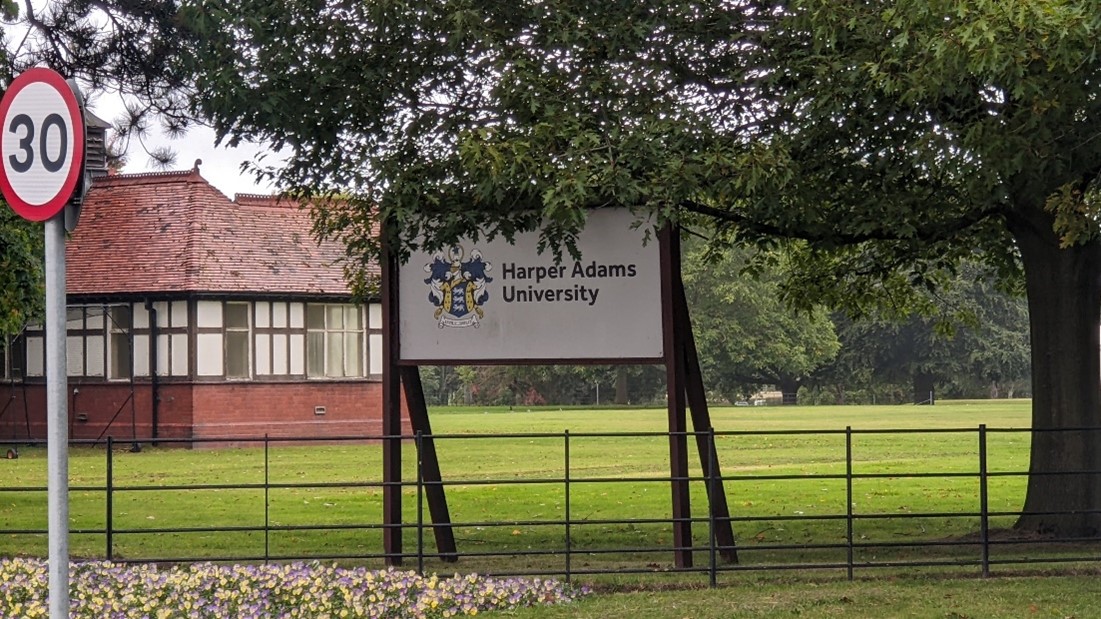
From Harper Adams, we headed to Huntingdon to visit the General Manager of a large crop farm. While the General Manager had changed since my time working on a class project for the farm in 2005, he was aware of our research (using farm raised oilseed rape to produce biodiesel for their fuel needs) and was happy to provide updates on the exciting things happening in production agriculture in the U.K.
Perhaps one of the best parts of the trip was connecting with the son and daughter-in-law of my former business partner, the late Sterling Liddell, for dinner in Cambridge. Daniel and his wife, Sydney, are currently stationed in the U.K. for the U.S. military.
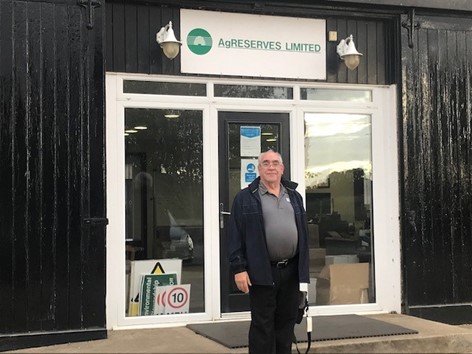
Post Trip Reflection:
Upon returning to Iowa after eight VERY full days I’ve been provided, yet again, more evidence that developing and nurturing relationships, despite distance, is a very worthwhile endeavor. Meeting with “long ago” friends, a former professor, a fellow classmate who happened to be visiting her family in France while we were there and meeting a client for the first time in person has reminded me that as we take care of relationships, both professional and personal, good things are bound to come back around.
As we celebrate our 15th year in business here at Decision Innovation Solutions, we truly do look forward to forging new, maintaining current and nurturing long-standing relationships with those with whom we are fortunate to serve.

